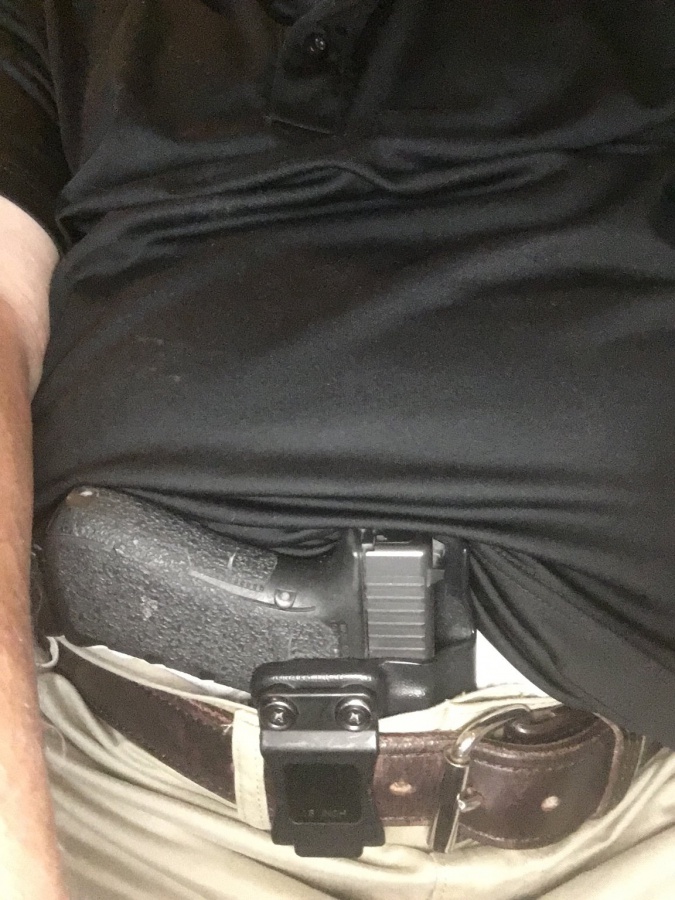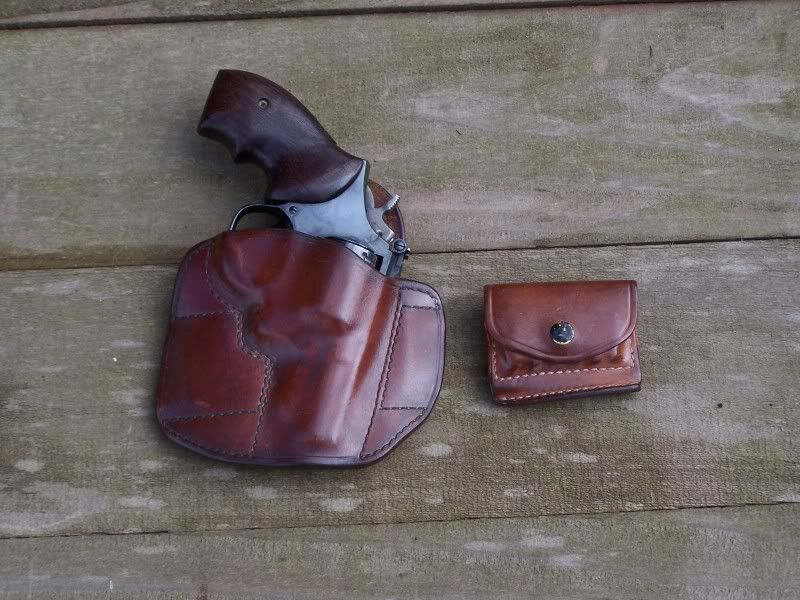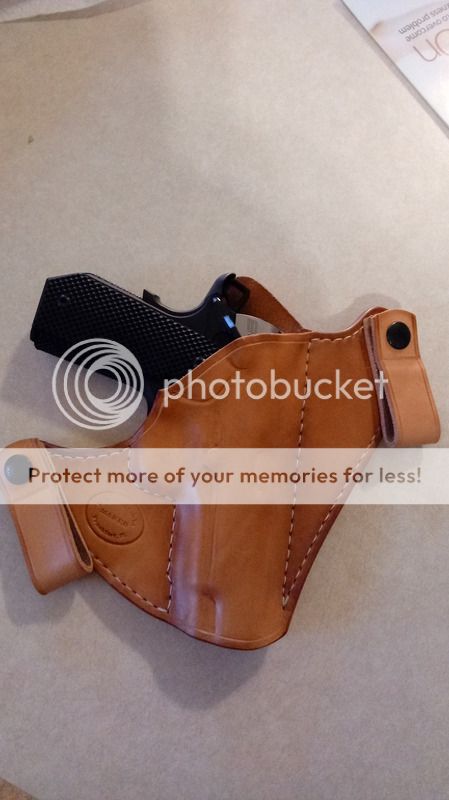Meplat 308
Member
- Joined
- Apr 28, 2017
- Messages
- 63
I've made a few leather belts, knife sheaths & holsters in the past and now that I've retired I'm looking to make more for fun & profit. What do you look for in your particular carry style ? (open or concealed) Please no debate on either style of carry. This thread is about construction & features.
Construction:
Preferred leather ?
Suede side in or lined ?
Steel or kydex stiffeners ?
Reinforced open top ?
Features:
Forward cant, no cant or crossdraw ?
Belt slots, sized to your belt or one size fits all ?
Sweat guard &/or retention strap ?
Finish:
Contrasting leather (snake/sharkskin) insert ?
Smooth molded finish ?
Stamped design ?
Carved design ?
I miss anything ?
Construction:
Preferred leather ?
Suede side in or lined ?
Steel or kydex stiffeners ?
Reinforced open top ?
Features:
Forward cant, no cant or crossdraw ?
Belt slots, sized to your belt or one size fits all ?
Sweat guard &/or retention strap ?
Finish:
Contrasting leather (snake/sharkskin) insert ?
Smooth molded finish ?
Stamped design ?
Carved design ?
I miss anything ?









